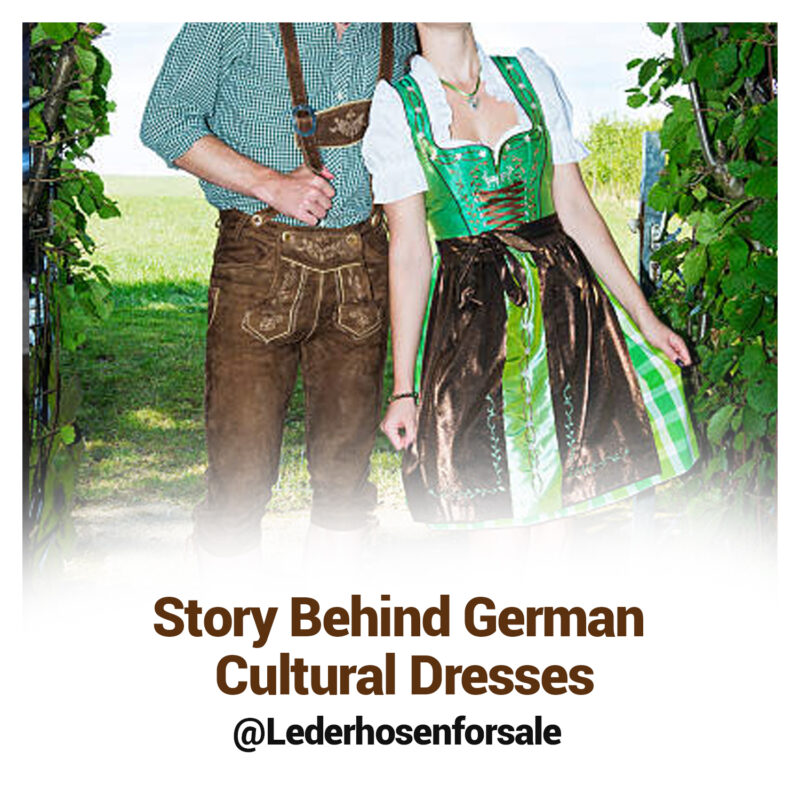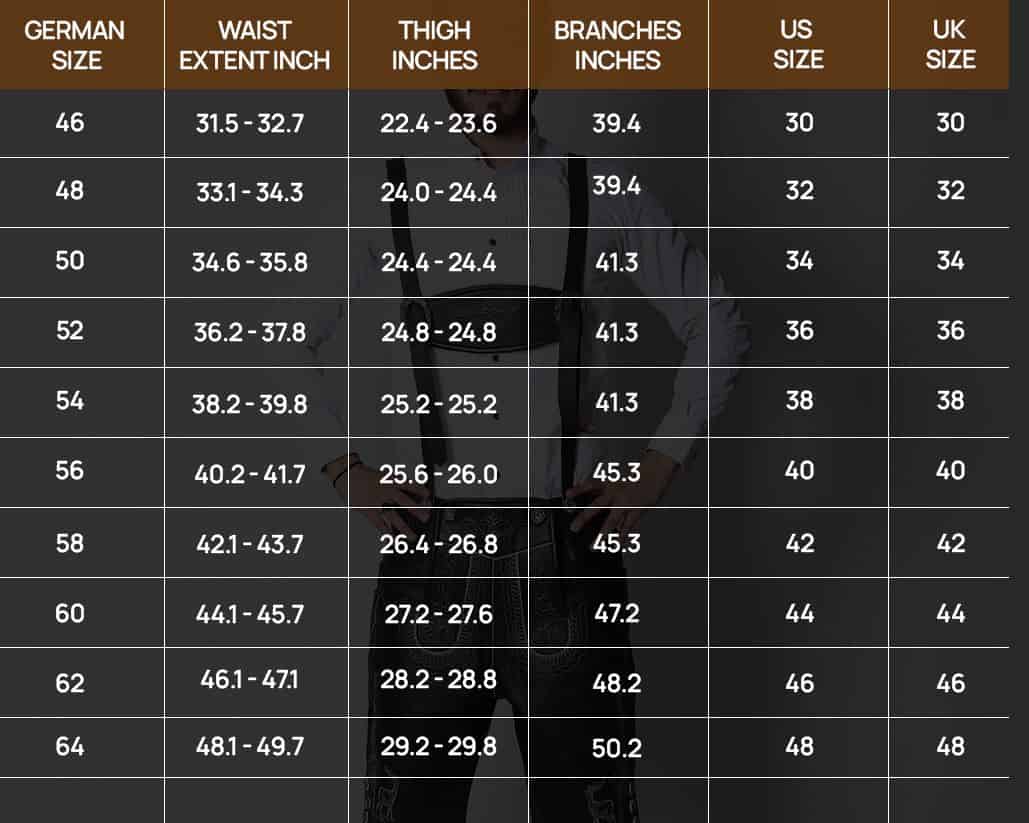Dirndl, Lederhosen
Story Behind German Cultural Dresses
The German dirndl and lederhosen could b considered the most popular country-based outfits in the world. These outfits originated from Bavaria and have served as a German pride to its people. They are often worn during cultural festivals or traditions such as weddings, birthdays, and events such as Oktoberfest.
The outfits were pretty modern if you compare them to today’s fashion trends. So one would wonder, how did these dresses come to be? It was mostly due to the evolution and demands of the people during their discovery area. The German dirndl and lederhosen came to be necessities for working men and women as they embarked on the industrial revolution.
Lederhosen
Originally invented to meet the demands of Bavarian working-class men, the lederhosen was not meant to become a traditional costume.
Purpose
It started with Bavarians having a habit of making out of leather. Leather has high endurance meaning it can be worn in extreme temperatures and can be cleaned easily.
Around the 16th Century, knee breeches started to become the new trend in fashion. It quickly spread all around Europe.
Popularity
Nobility and many french people used to make these outfits out of softer materials such as silk or cotton. 2 centuries later, the Bavarians living in the Alps used it as inspiration for their leather breeches. It was comfortable to sit or bend in while working. Lederhosen for men is roughly translated to ‘leather breeches’ in German.
Although lederhosen for men was used in mountainous areas such as the Alps, they quickly became an outfit by the nobility for outdoor extracurricular activities. These activities included hunting and riding. It was the idea of royalty to use this outfit as a way to appease the commoners and make them feel more relatable.
Comeback
Just as lederhosen for men started to become irrelevant due to the invention of jeans, it revived as a cultural costume. In the late 1800s, Germany found clubs and societies which worked toward preserving the Bavarian culture and heritage. Which included the preservation of cultural outfits.
Dirndl
The Dirndl experience a similar history and fate as to lederhosen. It was originally worn by Austrian servant girls in the 19th Century. Due to more women going to work, this dress became popular outside the Nobel communities of Austria. Spreading around most of Europe, it became a trademark dress in most European cultures.
Popularity
Similar to lederhosen, the dress was also worn by the Nobel class. Of course, they used materials such as silk and bright colors to make the dress look more beautiful and formal. It is worn during many occasions such as birthdays, weddings, funerals, and events such as Oktoberfest.
Components
The dress consists of a blouse, a skirt, an apron, and leather boots to complete the look. The position of the knot signifies the marital status of the woman wearing it.



